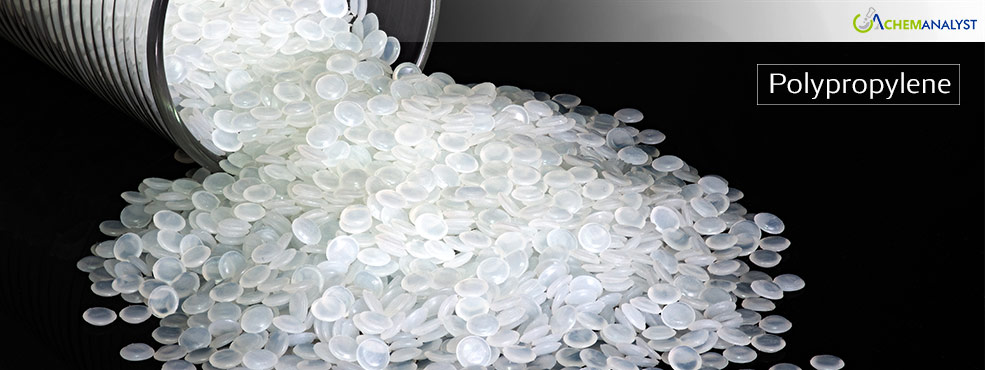Asian Polypropylene Market Turns Bearish in Early November Amid High Inventories and Weak Export Demand
- 07-Nov-2024 12:00 AM
- Journalist: Phoebe Cary
The East Asian polypropylene (PP) market, including Japan and South Korea, entered a bearish phase in early November 2024, as suppliers continued to report high inventory levels at ports. This downturn in market conditions was particularly influenced by weak export demand to key global markets, including Europe. Prior to this, PP prices across Far East Asia had seen an increase of approximately 2.1%, driven by rising feedstock propylene prices, which had been climbing since mid-October.
On the production side, data from Japan's Ministry of Economy, Trade, and Industry indicated that PP production in Japan reached 148,715 tonnes in August 2024, rising to 160,656 tonnes in September 2024, marking an increase of about 8%. Similarly, PP shipments from Japan grew from 139,018 tonnes in August 2024 to 158,674 tonnes in September 2024, a rise of roughly 14%. However, inventories of PP also grew slightly, from 326,225 tonnes in August 2024 to 330,149 tonnes in September 2024, an increase of about 1.2%, with October 2024 data still pending.
Despite these positive production and shipment figures through mid-October, the market turned bearish by the end of the month. PP prices fell by approximately 2.1%, losing the previous week's gains, due to ongoing unfavorable export conditions. PP exports to key markets such as China became less favorable following recent reforms by Chinese authorities aimed at improving the macroeconomic environment. However, these measures were largely speculative, with several Chinese trade sources cautioning that the uptick in Chinese futures prices appeared more sentiment-driven than reflecting a real improvement in supply-demand fundamentals. As a result, there is uncertainty around whether domestic demand in China can be sustained post-holidays, particularly in light of volatility in upstream oil markets, further impacting PP prices in South Korea and Japan.
Additionally, European demand for PP remained sluggish, with market participants expressing concerns over high inventory levels, particularly in the automotive sector. Converters in Europe have been cautious in making new purchases, as derivative markets remain weak heading into year-end. Some speculate that price reductions for PP could exceed the anticipated decreases in monomer settlements. These unfavorable conditions have also hindered the market for lower-priced imports from Saudi Arabia and South Korea, which further proved to be detrimental for the East Asian PP market
In spite of these challenges, feedstock propylene prices rose by approximately 7.5% since late October 2024. This price surge, combined with poor margins, led major South Korean producers to reduce their Propane Dehydrogenation (PDH) operating rates. Supply constraints for propylene also contributed to the situation, as LG Chem, a major producer, is expected to continue operating its cracker at reduced capacity through October 2024. The Daesan-based facility, with a propylene production capacity of 700,000 metric tons per year, has been running at lower levels since September due to weak margins, limiting propylene availability and leading to lower shipments across Southeast Asia, which may impact prices of PP across East Asia.
As per expectations, prices of PP are expected to climb as Propylene availability continues to remain limited. Furthermore, some market participants also anticipate the impact of economic stimulus announced by Chinese authorities which may have an impact on PP prices across East Asia.



